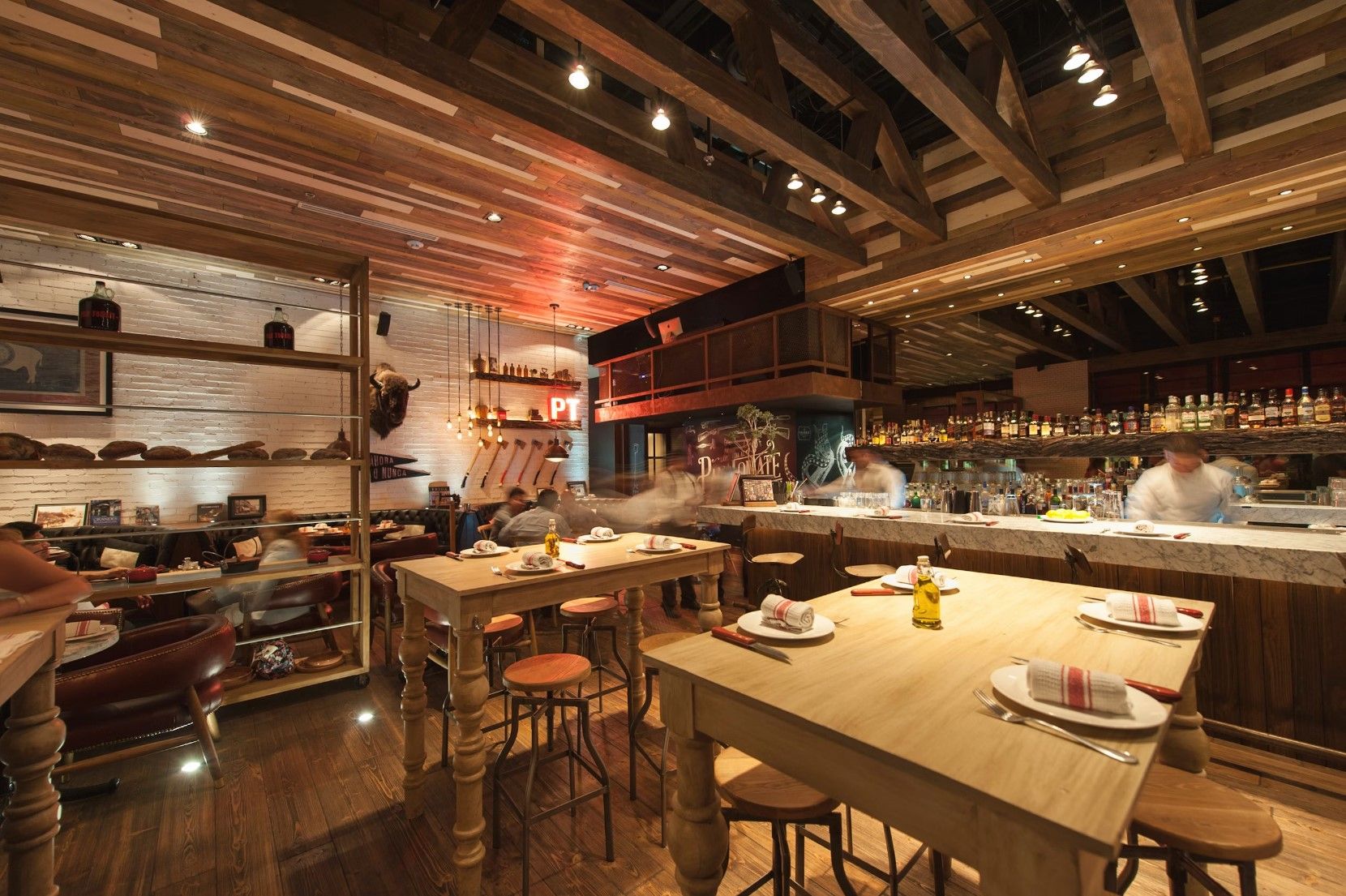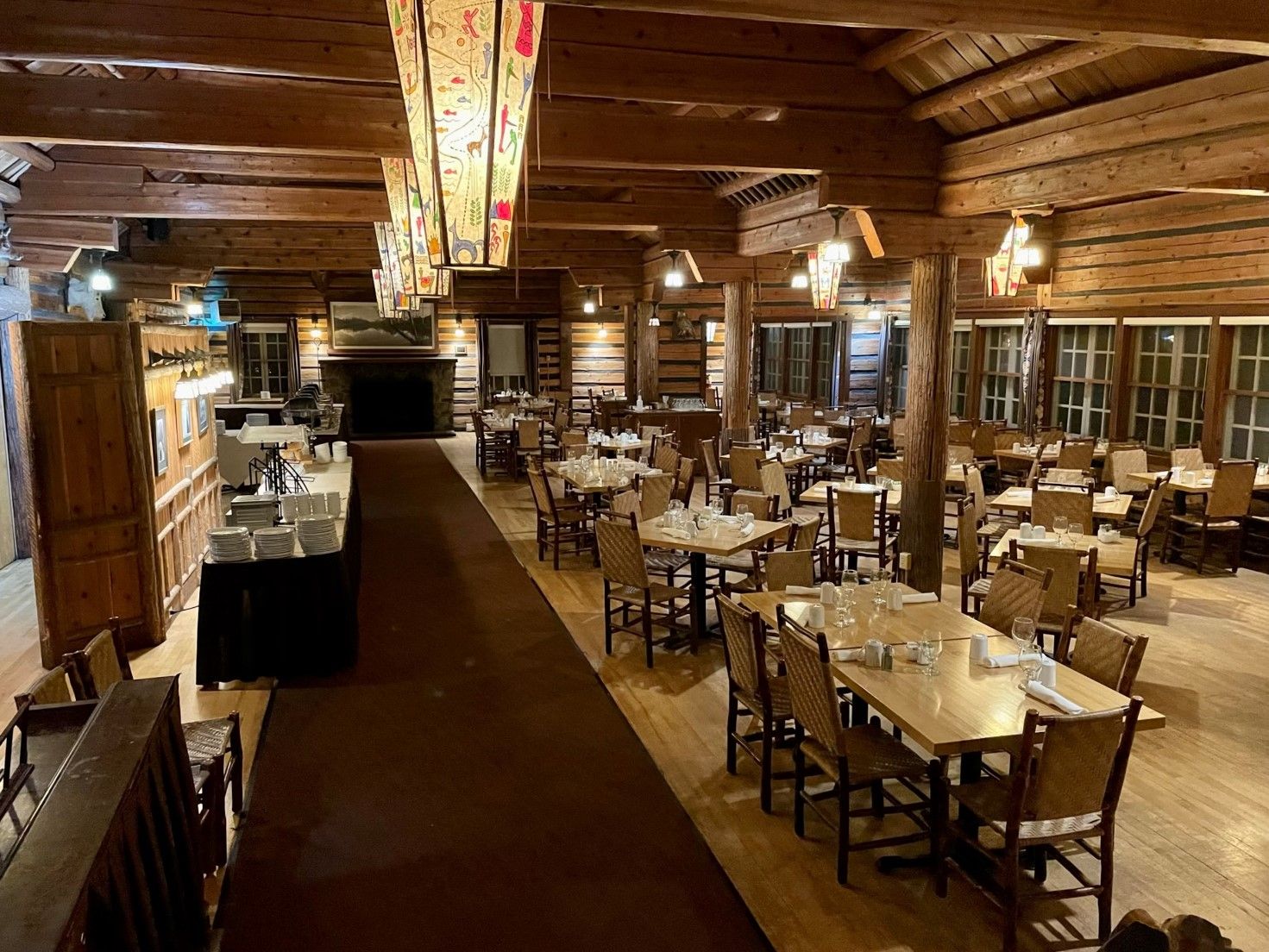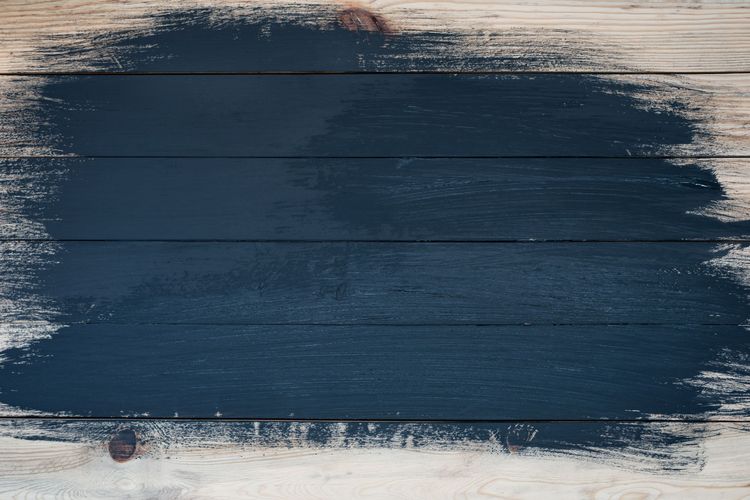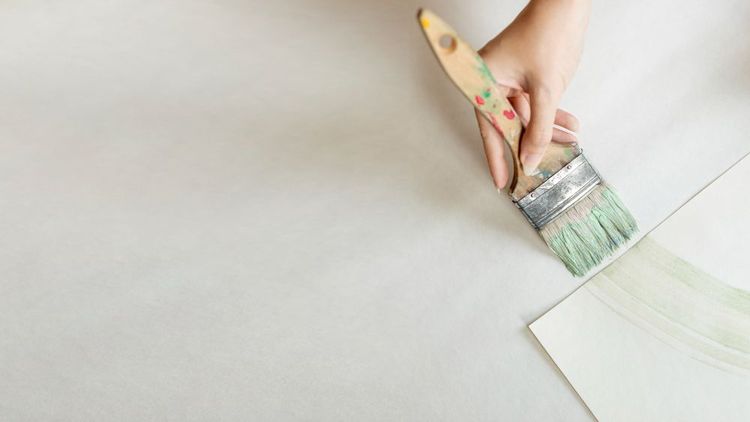Restaurants Floor Sanding & Restoration

The flooring in a restaurant endures more wear and tear than almost any other commercial space. Constant foot traffic, spills, moving equipment, and frequent cleaning take a toll on wood floors, causing scratches, stains, and uneven surfaces. Professional floor sanding and restoration not only revive the appearance of your restaurant’s flooring but also enhance safety, hygiene, and longevity.
Why Restaurant Floors Require Specialized Sanding
Unlike residential floors, restaurant flooring faces extreme daily demands. Grease, food spills, and high foot traffic accelerate wear, while moisture and cleaning chemicals can degrade the finish over time. Scratches from chairs, carts, and heavy equipment accumulate quickly, making the surface uneven and potentially hazardous. A worn-out floor not only looks unappealing but can also become a slip risk, affecting both customer experience and workplace safety.

Professional sanding removes deep-seated damage that regular cleaning cannot address. It strips away old, worn finishes, eliminates stains, and smoothens uneven areas caused by years of use. Unlike quick fixes like recoating, which only mask surface imperfections, sanding restores the wood to its original condition, ensuring a fresh foundation for a new protective seal.
The Professional Sanding Process for Restaurant Floors
Restaurant floor restoration follows a detailed process to ensure durability and a flawless finish. The first step involves clearing the space—removing furniture, equipment, and any obstacles that could interfere with sanding. Since restaurants often operate on tight schedules, many professionals work after hours or during closures to minimize disruption.
The sanding begins with coarse-grit abrasives to remove deep scratches, stains, and old finishes. Industrial drum sanders efficiently level the surface, while edge sanders handle corners and tight spaces. Unlike residential sanding, restaurant floors often require more aggressive initial sanding due to heavy wear. After the first pass, finer grits smooth the surface, preparing it for refinishing.
Dust control is critical in restaurant environments, where hygiene is paramount. Professional sanders use advanced dust extraction systems to capture particles, preventing contamination of kitchen and dining areas. Once sanding is complete, the floor is meticulously cleaned to remove all debris before applying the new finish.
The choice of finish is crucial for restaurant floors, which need maximum durability. Commercial-grade polyurethane is a common choice, offering superior resistance to moisture, stains, and abrasion. For high-traffic areas, moisture-cured urethane provides even greater toughness, though it requires professional application due to strong fumes. Some establishments opt for natural oil finishes, which are easier to spot-repair but require more frequent maintenance.
Benefits of Professional Sanding for Restaurants
Investing in professional sanding extends beyond aesthetics—it directly impacts safety, cleanliness, and business reputation. A freshly sanded and refinished floor eliminates tripping hazards caused by uneven boards or protruding nails. Slip-resistant finishes can be applied to reduce accidents, particularly in areas prone to spills.
From a hygiene perspective, sanding removes deep-seated grime and bacteria that accumulate in cracks and scratches. A smooth, properly sealed surface is easier to sanitize, meeting health code requirements more effectively. This is especially important in kitchens, where food safety regulations demand impeccable cleanliness.
A well-maintained floor also enhances the dining atmosphere. Customers notice details—scuffed, stained floors can detract from the overall experience, while a pristine surface reinforces a sense of quality and professionalism. For upscale restaurants, the rich appearance of restored hardwood contributes to the ambiance, justifying premium pricing.
Choosing the Right Finish for Restaurant Floors
The finish must withstand heavy use while maintaining its appearance. Water-based polyurethane dries quickly and has low odor, making it suitable for restaurants with limited downtime. However, oil-based polyurethane offers better durability and moisture resistance, ideal for kitchens and bar areas.
For establishments prioritizing sustainability, hardwax oils provide a natural look and are repairable without full refinishing. However, they require more frequent upkeep than polyurethane. In extreme environments, such as brewery restaurants or ice cream parlors, epoxy coatings might be considered for their imperviousness to spills and stains.
A professional flooring contractor can recommend the best option based on traffic patterns, moisture exposure, and desired maintenance levels. They also ensure proper application, as uneven or insufficient coats can lead to premature wear.
Maintenance Tips After Sanding & Restoration
To maximize the lifespan of a newly refinished restaurant floor, implement a structured maintenance routine. Daily sweeping or dust mopping removes abrasive particles that can scratch the finish. Mats at entrances reduce dirt ingress, while spill stations in dining areas encourage prompt cleanup.
Avoid harsh cleaners or excessive water, which can degrade the finish over time. Instead, use pH-neutral cleaners designed for commercial wood floors. For kitchens, degreasers should be used sparingly and followed by immediate rinsing to prevent residue buildup.

Schedule periodic deep cleaning and inspections to identify areas where the finish may be wearing thin. High-traffic zones, such as cashier stands and kitchen entrances, may need spot refinishing every few years to maintain protection.
Conclusion
Professional sanding and restoration are essential for maintaining restaurant floors in top condition. Beyond improving aesthetics, the process enhances safety, hygiene, and customer perception—all critical factors in the competitive food service industry.
By investing in quality sanding and the right protective finish, restaurant owners can ensure their flooring withstands daily demands while projecting a polished, professional image. Regular maintenance further extends the results, making restoration a cost-effective long-term solution for any dining establishment.



